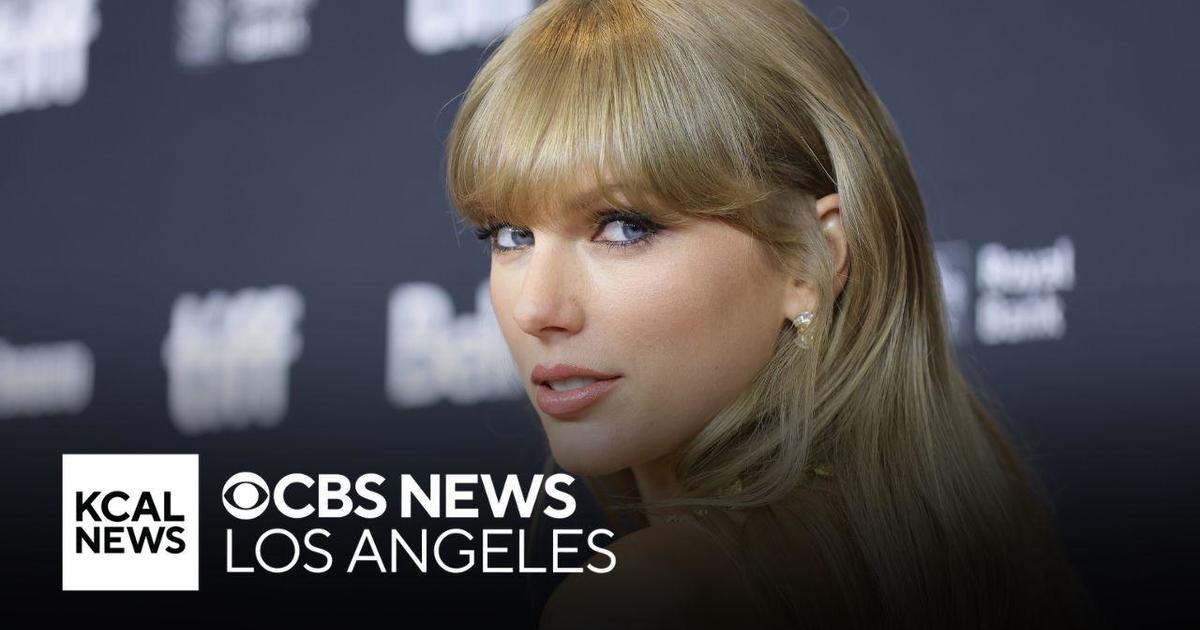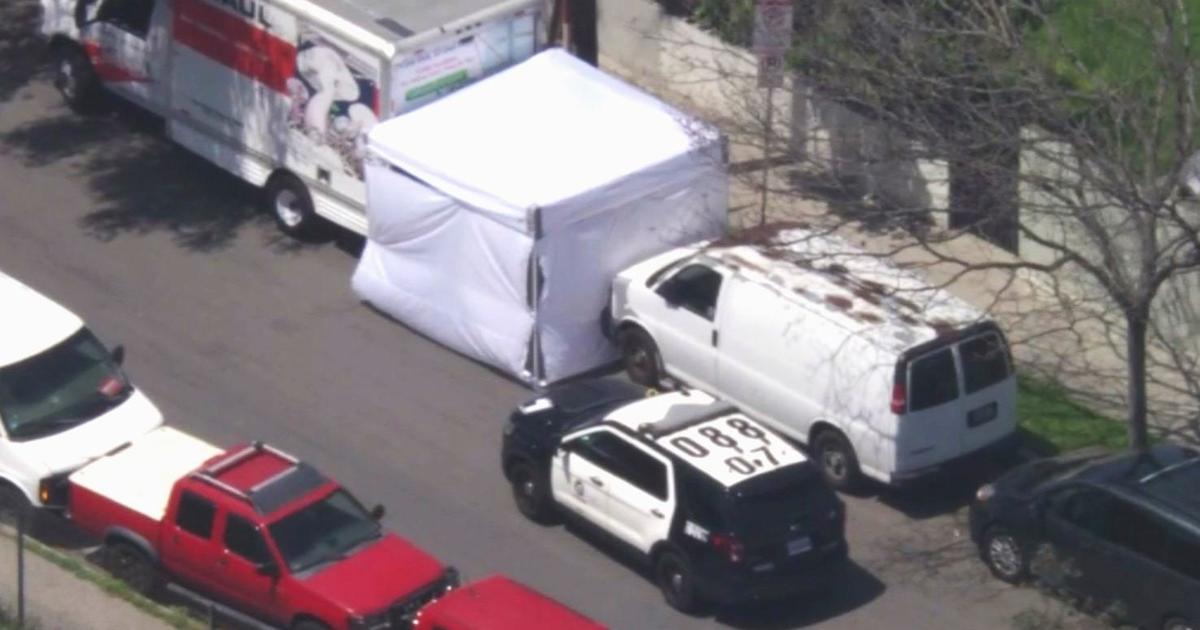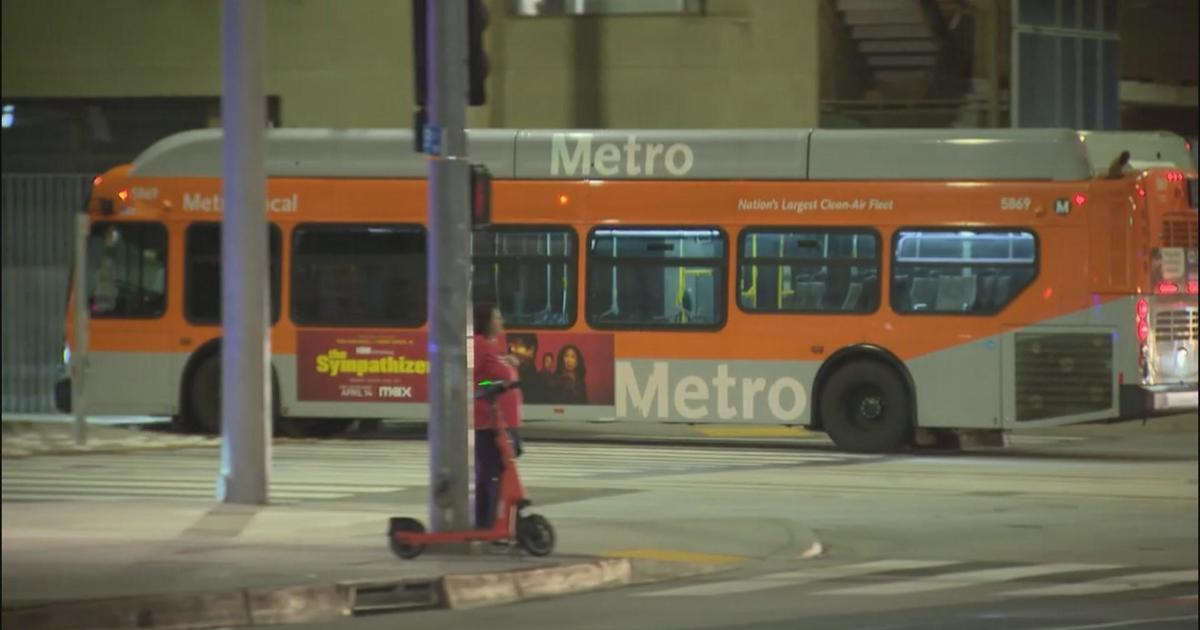Non-Profit Helps Injured Birds Return To The Sky
CALABASAS — A non-profit group in Calabasas promises to take in any animal, anytime for treatment, rehabilitation and ultimately release them. CBSLA's Rick Garcia has a look at how one injured hawk got a new set of wings and a new lease on life.
The juvenile male has spent the last three months recovering from a radial fracture after somebody shot him with a pellet gun. The pellet was lodged in his wing.
Lorraine Barbosa is a veterinarian at the California Wildlife Center. A non-profit care and rehab facility nestled in the Santa Monica Mountains. She's been with the hawk ever since he came in and says he's one of the lucky ones.
"We do see it, unfortunately a fair amount," Lorraine Barbosa said." Often times they're coming in with broken bones or really bad wounds as a result of these gun shots. Unfortunately there's probably a fair amount of animals that are injured and just aren't able to get help."
Diana Mullen volunteers at the CWC and says that raptor injuries come in many forms.
From fights with other birds and window strikes to contact with power lines or humans. In the worst cases the raptors will require a medical procedure called "imping" or re-attaching new feathers to their wings.
The goal of the CWC is to help and heal every native animal and return it back to its life in the wild.
"What we do is we'll harvest donor feathers," Mullen said. "We'll remove all of the damaged feathers and we fashion these wooden spikes to go into the old feather shaft and fit into the new feather shaft."
Once the vet gives a clean bill of health, it's time for raptor rehab. And that involves a heavy dose of something called creancing
Creancing is a technique where a line is attached to the anklets and the jesses - the leather straps that are fastened onto the hawks' legs," Mullen said.
When the hawk is released it is thrown straight up similar to how a referee tosses a jump ball in a basketball game.
"When we fly them, we look for symmetry, lift power, whether or not they'll bank right and left and how they land." Mullen said. "You get them to the point where you see this beautiful lift right at the end and you know that they're on their way home."
Now it's finally time for Barbosa's hawk to get back to the skies and head home
"We put a lot of effort into these animals and so it's very rewarding when we can see them go back into their natural habitat." Barbosa said. "It's my favorite part of the job... always!"
The California wildlife center is open 365 days a year and gets over 10,000 calls during that time. For more information about the CWC check out their website at cawildlife.org



